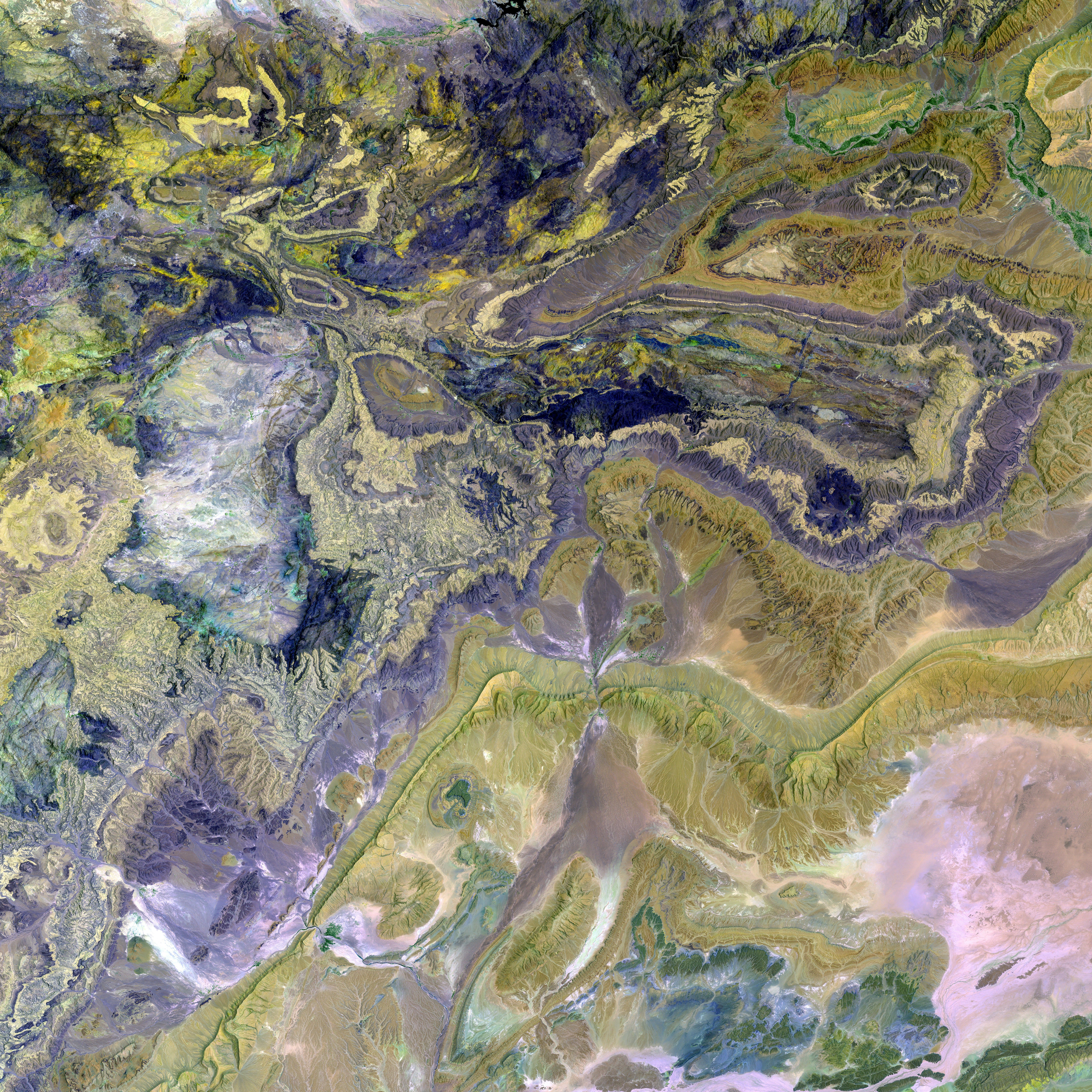Chimps Get Down to Business: The Unbelievable Hygiene Habits of Our Closest Cousins
Primates, specifically chimpanzees, engage in self-cleaning behaviors, notably including wiping their rear ends.
Who knew our chimpanzee pals were such neat freaks? A team of international researchers has found that these great apes display some surprisingly human-like cleaning behaviors. The chimps were observed wiping their derrières and treating wounds with healing plants in the African jungle. This hygienic behavior could hold the key to understanding the evolutionary roots of medicine and healthcare!
The study, published in the journal "Frontiers in Ecology and Evolution," documents the comprehensive body care practices of two chimpanzee groups in Uganda's Budongo Forest. Researchers from Germany were part of the team that tracked these cleansing chimps.
Ten chimps, both male and female, were spotted using plant leaves to clean their genitals after mating. Researchers note that this could help protect against infections and promote health, as reported by lead author Elodie Freymann of Oxford University. One female chimpanzee was even seen using leaves to wipe her bottom after doing her business.
The team also observed that chimps treat injuries purposefully, using a variety of methods to maintain their health. Chimps use leaves to remove dirt from wounds and apply chewed plant material to aid in healing. Some plants used by the chimps have known antibacterial, antifungal, pain-relieving, or anti-inflammatory properties. Though it's unclear if the chimps' self-care strategies would have been as effective without them, the fact that all observed chimps recovered from their injuries is a promising sign!
This behavior is akin to animal healthcare practices reported across the globe, from elephants and brown bears to civet cats and even orangutans. The findings may help us understand the origins of human medicine, possibly shining a light on the cognitive and social foundations of human care.
Chimps' wound treatment is significant for several reasons:
- Medicinal Wisdom: Chimps demonstrate an understanding of which plants have healing properties. This may explain how early humans gained knowledge of medicinal plants.
- Pals Over Everything: Chimps often show care for other individuals, regardless of their genetic relationship. This emphasizes a level of empathy and communal care similar to that seen in humans.
- A Stitch in Time: The similarity between chimpanzee and traditional human treatments suggests a shared evolutionary history of medicinal knowledge. This could provide insights into how early humans developed their own healing practices.
- Top-Notch Care: Chimps use various methods for wound treatment, such as licking, leaf-dabbing, and applying plant materials. These techniques prove effective, as all observed chimps recovered from their injuries.
So, brush up on your hygiene habits, because even chimps know the importance of a good wipe!
Sources:1. ntv.de, kst/dpa2. ALUka, New Version of African Journals Online3. Science, "Chimpanzee Injury Care: Demonstrated Bacteria-Fighting Behaviors"4. National Geographic, "The Evolution of Medicine: Chimpanzees Heal Wounds with Plants"
The study on chimpanzees' hygiene habits in the Budongo Forest, highlighted in the journal "Frontiers in Ecology and Evolution," suggests that these great apes possess a rudimentary form of knowledge in health-and-wellness, specifically employing certain plant therapies-and-treatments for medicinal purposes, reminiscent of the origins of human science and employment policy. This research adds to the understanding of how our closest cousins, in their community policy, may have contributed to the development of human healthcare practices and the evolution of health-related employment policies.




